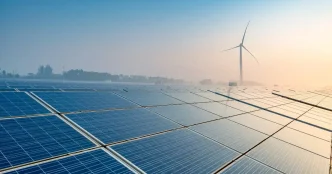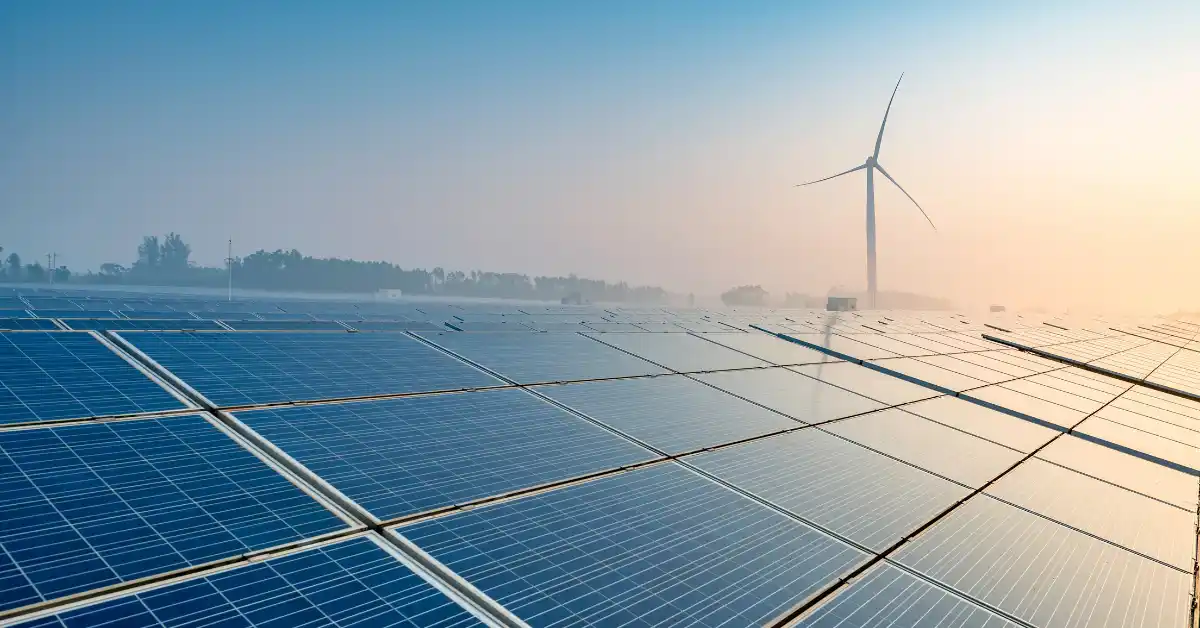Across Southeast Asia, a quiet but transformative revolution is underway as nations pivot toward sustainable energy solutions to combat climate change and fuel economic growth. At the forefront of this shift are Malaysia and Vietnam, two countries making bold strides in green energy initiatives. Malaysia is intensifying its environmental push with new policies and partnerships, while Vietnam is positioning itself as a regional energy exporter through ambitious projects like submarine cable connections to Malaysia and Singapore. These developments signal a broader trend in the region toward renewable energy and cross-border collaboration, potentially reshaping the economic and environmental landscape.
Malaysia’s Green Energy Ambitions
Malaysia has long grappled with balancing economic development and environmental preservation, but recent policy moves indicate a stronger commitment to sustainability. The government has rolled out initiatives to boost renewable energy adoption, including incentives for solar and wind projects, as well as stricter regulations on energy consumption. One notable measure is the ban on household-subsidized gas cylinders for commercial use, such as in eateries and hawker stalls. This policy, aimed at curbing misuse of subsidies and encouraging cleaner energy alternatives, has sparked debate among small business owners who rely on affordable fuel to operate.
Despite the challenges, Malaysia’s green push is gaining traction. The country has set ambitious targets to increase its renewable energy share in the national grid, with solar power playing a central role. Partnerships with international firms and local innovators are driving investments in green technology, positioning Malaysia as a potential hub for sustainable energy in the region. Beyond domestic efforts, Malaysia is also forging strategic links with neighboring countries, including a new rail-sea trade corridor with Laos. This infrastructure project, while primarily economic, includes provisions for transporting renewable energy components, further integrating environmental goals into regional trade frameworks.
Vietnam’s Bold Export Vision
On the other side of the South China Sea, Vietnam is emerging as a powerhouse in renewable energy production with plans to export surplus electricity to Malaysia and Singapore via submarine cables. This groundbreaking initiative, part of Vietnam’s broader strategy to capitalize on its abundant wind and solar resources, could redefine energy dynamics in Southeast Asia. The submarine cable project, expected to span hundreds of kilometers, will connect Vietnam’s grid to its neighbors, providing a steady supply of clean energy to meet growing regional demand.
Vietnam’s renewable energy sector has seen rapid growth in recent years, fueled by government incentives and foreign investment. The country’s coastal regions, blessed with consistent winds, have become hotspots for wind farms, while solar installations are expanding across its rural landscapes. By exporting energy, Vietnam not only bolsters its economy but also strengthens ties with ASEAN partners, fostering a shared commitment to sustainability. However, challenges remain, including the high costs of underwater infrastructure and the need for robust regulatory frameworks to manage cross-border energy trade. If successful, this project could serve as a model for other nations in the region.
Economic and Environmental Impacts
The combined efforts of Malaysia and Vietnam underscore a critical shift in Southeast Asia’s approach to energy. Economically, the transition to renewables promises new revenue streams and job creation, particularly in manufacturing and technology sectors tied to green infrastructure. For instance, Vietnam’s energy exports could generate significant foreign exchange earnings, while Malaysia’s rail-sea link with Laos may attract further investment in logistics and energy transport. At the same time, small businesses affected by policies like Malaysia’s gas cylinder ban highlight the need for targeted support to ensure an equitable transition. The government has hinted at assistance programs, though details remain scarce.
Environmentally, the stakes are even higher. Southeast Asia is among the world’s most vulnerable regions to climate change, with rising sea levels, extreme weather, and deforestation threatening millions of livelihoods. By prioritizing renewable energy, Malaysia and Vietnam are taking steps to reduce carbon emissions and mitigate these risks. Yet, the scale of the challenge demands regional cooperation beyond bilateral agreements. Analysts suggest that ASEAN could play a pivotal role in harmonizing energy policies, sharing technology, and funding large-scale projects like submarine cables. If these efforts gain momentum, the region could emerge as a global leader in sustainable development.
Regional Collaboration and Challenges
The initiatives by Malaysia and Vietnam are not isolated but part of a broader wave of regional collaboration. Laos, for instance, is leveraging its strategic location to facilitate trade and energy links, as seen in its partnership with Malaysia. Such projects highlight the interconnected nature of Southeast Asia’s economies and the potential for shared environmental goals. Singapore, a key player in the submarine cable project, brings technological expertise and financial backing to the table, further strengthening the network of cooperation.
Yet, obstacles loom large. Infrastructure projects of this magnitude require substantial investment, often running into billions of dollars. For example, the cost of laying submarine cables between Vietnam and its neighbors is estimated at several hundred million USD, though exact figures remain under discussion. Additionally, political and regulatory differences across countries could complicate implementation. In Malaysia, public pushback against policies like the gas cylinder ban reflects the social challenges of transitioning to greener economies. Governments must navigate these tensions carefully, balancing short-term economic pain with long-term environmental gain.
Public Sentiment and Future Outlook
Public reaction to these developments is mixed but offers valuable insight into the region’s readiness for change. In Malaysia, while environmentalists applaud the government’s green initiatives, small business owners express concern over rising operational costs. “We support cleaner energy, but we need help to adapt” said a Kuala Lumpur hawker, echoing the sentiment of many in the informal sector. In Vietnam, rural communities near wind farms have welcomed the jobs and infrastructure improvements, though some worry about land use conflicts.
As Southeast Asia stands at the crossroads of economic growth and environmental responsibility, the actions of Malaysia and Vietnam could set a precedent for others. The submarine cable project, if realized, may inspire similar cross-border energy-sharing schemes, while Malaysia’s policy experiments could inform regional strategies for subsidy reform. Questions remain about funding, scalability, and public acceptance, but the momentum is undeniable. For now, the region watches as these two nations chart a path toward a greener future, one that could redefine Southeast Asia’s role on the global stage.















